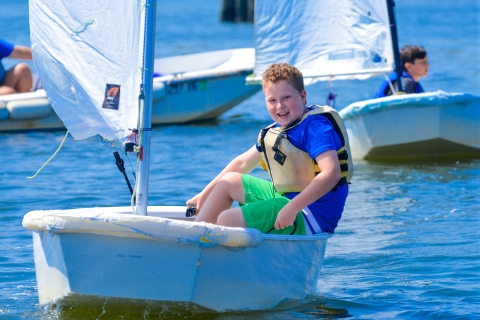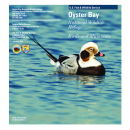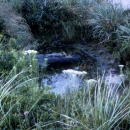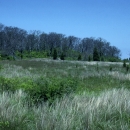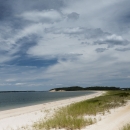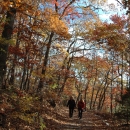Visit Us
Know Before You Go
The Congressman Lester Wolff Oyster Bay National Wildlife Refuge is located on the north shore of eastern Nassau County and is only accessible by boat. This 3,209-acre area includes bay, salt marsh salt marsh
Salt marshes are found in tidal areas near the coast, where freshwater mixes with saltwater.
Learn more about salt marsh and freshwater wetlands, and is especially important for wintering waterfowl and a variety of waterbirds. The refuge waters are open 24 hours a day. Contact the Town of Oyster Bay for mooring and boat launch information.
Points of Interest
The Congressman Lester Wolff Oyster Bay National Wildlife Refuge was donated to the Service by the Town of Oyster Bay in 1968 as a habitat for migratory birds, particularly wintering waterfowl. The refuge, totaling 3,204 acres from the bay bottom up to mean high water, is located on the north shore of Long Island. The refuge is unique in the National Wildlife Refuge System, serving as a marine refuge rather than the more traditional terrestrial refuge; it comprises the waters and marshes of Oyster Bay and Cold Spring harbors. This refuge is open to the public.
Activities
Visitors can enjoy fishing (Town of Oyster Bay permits required for shell fishing), wildlife observation, photography and environmental education are approved recreational uses on the refuge.
Fishing
Fishing is allowed on refuge waters. A free New York state salt water fishing license is required. Common fish species include striped bass (striper or rockfish), weakfish, summer flounder (fluke), bluefish, blackfish (tautog) and porgy (scup). Town of Oyster Bay permits are required for shell fishing.
Wildlife Viewing
The Congressman Lester Wolff Oyster Bay National Wildlife Refuge receives the greatest amount of public use of any refuge on Long Island. Recreational boaters use it heavily from May through September: on peak weekends, approximately 3,000 boats use the refuge; on weekdays, 1,000 boats per day are common.
Photography
Most photography occurs while visitors are boating on refuge waters. However, a walk around the refuge shoreline will occasionally reveal some stunning images worth capturing!
Related Documents
Other Facilities in the Complex
The Long Island National Wildlife Refuge Complex consists of seven national wildlife refuges, two refuge sub-units and one wildlife management area wildlife management area
For practical purposes, a wildlife management area is synonymous with a national wildlife refuge or a game preserve. There are nine wildlife management areas and one game preserve in the National Wildlife Refuge System.
Learn more about wildlife management area . Collectively, the ten units are approximately 6,500 acres in size. Each unit is unique and provides a wildlife oasis amongst Long Island’s urban settings essential for the livelihood of migratory birds, threatened and endangered species, fish and other wildlife. The strategic location of Long Island in the Long Island Pine Barrens & along the Atlantic Flyway make it an important nesting, wintering and migratory stop over area for hundreds of species of birds.
Rules and Policies
Everything on the refuge is either a home or food for wildlife, so during your visit help protect wildlife by respecting the following regulations:
- Keep dogs and bikes off of refuges, their presence disturbs wildlife and poses a safety risk to other visitors;
- Take only pictures, leave only footprints;
- Respect refuge boundary signs, closed areas and private property; and
- Pack your garbage out with you.




